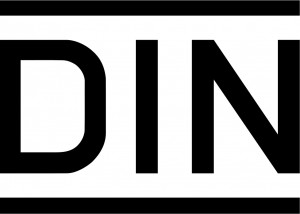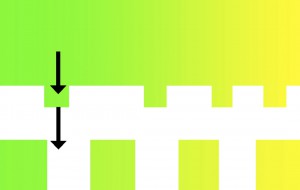DIN is the German Institute for standardization (Deutsche Institut für Normung). It is the official ISO (International Standardization Organization) member for Germany. So far they made about 30.000 Din Standards, many of which are now used as international standards. They for example made the DIN standard for photographic film, the A-size for paper and the purple and green mouse and keyboard connectors.
The DIN is often mistaken for the Deutsche Industrie Norm, which is a name for standards another organization published in the early 20th century. Despite that they aren’t called that way anymore they do serve their main purpose in the (German) industry. So is the DIN colour system.
It took the institute about 10 years to come up with this system. Starting in the 40’s they had their initial results published in 1953. But because it is standard that is still used by the industry it has been regularly updated.
When the researchers started they had as an objective to create a colour system in which to make all the variables in steps that are equidistant. Hue, Brightness and saturation all work in different ways, especially when it comes to how the colours are experienced. In order to define these steps and relations they did visual experiments in which subjects had to pick from a range of 120 colours the ones that they thought were equidistant. They boiled the results of this experiments down to 24 colour hue’s.
By adding Brightness (Darkness) and Saturation a system started to form. Each of the 3 parameters got there own letter. T for hue, S for saturation and D for darkness. By combining these letters you would get a TSD code. Of course the system is not about the parameters, but about in which steps these parameters are divided.
T values are between 0 and 24 and can be interpolated. So you could pick a hue that is not in their carefully selected group of 24 colours. This would not undermine their system as these colours would still be on a equidistant scale of hue.
S values are always between 0 and 6 in which 0 is grey and 6 is maximum saturation.
D values are set between 0 and 10 in which 0 is absolute white an 10 is absolute black.
 Now for example if this yellow would be described in a TSD code one would get a 2 as a T value, 5 as S value and 2 as D value. To correctly write down this code a colon should be placed between the numbers. In this case it would be 2:5:2.
Now for example if this yellow would be described in a TSD code one would get a 2 as a T value, 5 as S value and 2 as D value. To correctly write down this code a colon should be placed between the numbers. In this case it would be 2:5:2.
I think the most interesting part of this system is that it tried to make all steps within the system equal. Even though this resulted in a system in which all colours are mathematically unequal.
Check out the following links for more in-depth explanation of the DIN Colour System.http://www.farbe.com or http://www.vcsconsulting.co.uk

